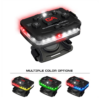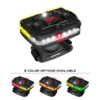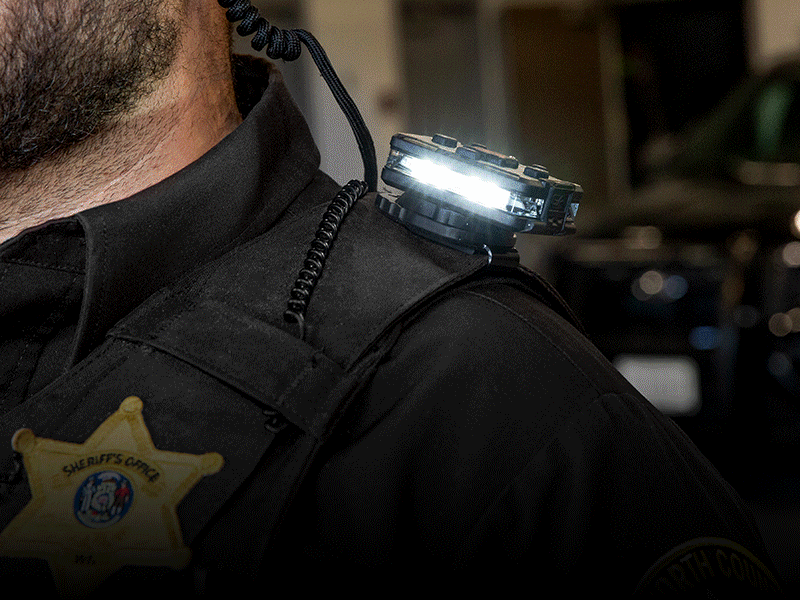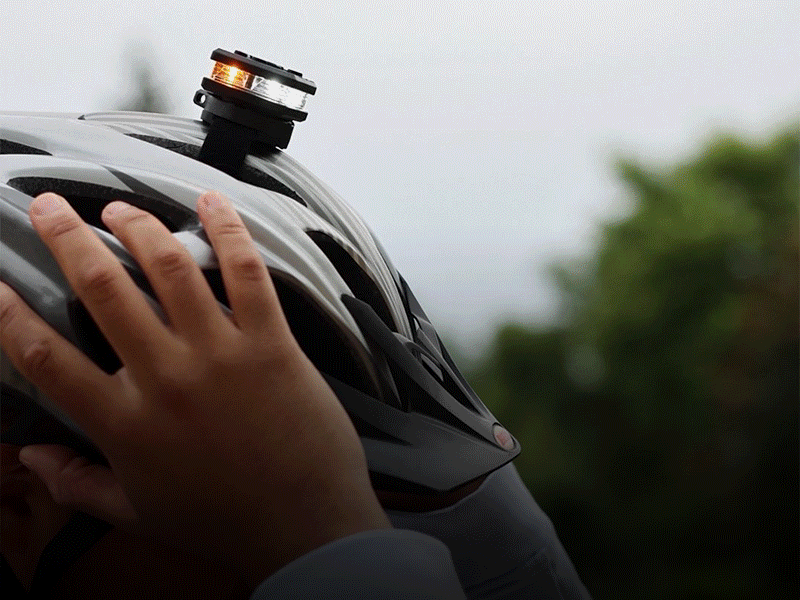Utah Emergency Vehicle Light State Statutes
Utah Emergency Vehicle Light State Statutes
Various lighting standards and regulations for emergency and repair vehicles have been enacted by the Utah state legislature. Under emergency vehicle light laws enforced by Title 41, Chapter 6a and Utah Department of Motor Vehicles, all vehicle lighting and protective equipment is subject to authorization. Theme vehicles include as follows:
- Security vehicles
- Fire trucks
- Volunteer firefighter vehicles
- Police vehicles
- Tow trucks
- Ambulances
- Utility vehicles
- Pilot vehicles
- Construction vehicles
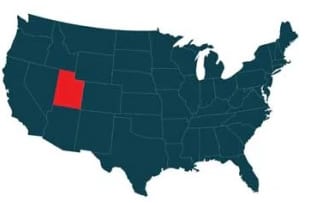
Police Vehicles
One should know that, although some general rules do not apply, the law enforcement vehicles must adhere to specific rules similar to others. A general law, set out in section 1616, is that a vehicle lights showing a red light must not be visible from the vehicle’s front center. However authorized vehicles are exempt, including police vehicles. Police cars also reserve the right to have blue flashing police lights and rotary lights.
Police cars are also exempt from section 1610, which states that they limit the number of spot lights allowed and the law that spot lights of high intensity should refrain from shining on other vehicles’ mirrors, windows and windshields.
There are additional laws which do not exclude police vehicles. For example, if the vehicle should emit light over 300 intensity with a candle-power, it should not illuminate past 75 feet from the vehicle. Additionally, if the intensity is 300 or higher, there should be no more than four lights.
Trucks
Fire trucks are listed alongside police cars as authorized vehicles and are subject to similar codes and restrictions as police cars. As indicated in section 1616, 300 plus candlepower intensity lights should not shine beyond 75 feet. Moreover, when they are 300 or more candle-power, the fire truck would need to display less than four lights.
Fire trucks are exempt from the law, like police vehicles, which prohibits vehicles from displaying a red light front and centre.
As stated in section 1610, both fire trucks and police vehicles are exempt from laws restricting the number and illumination of spot lights.
However, they are not exempt from the law that prohibits the visibility of blue lights from the vehicle’s immediate front and center, and as such, they need to pay attention to the color of the fire truck lights used.
Volunteer Firefighter Vehicles
This type of motor vehicle may qualify under the subcategory of “private” as an authorized emergency vehicle. These vehicles must meet a number of requirements related to the authorized emergency vehicle standards. These are as follows:
- Private vehicles are issued with a safety inspection certificate.
The vehicle is used part time to help respond to emergencies by a government agency. - The fire chief has given the vehicle written permission to assist in emergency situations.
- It complies with all of the laws set out in section 6a (section 1601-1644) of title 41.
- As a note, lights for volunteer fire fighters would then be subject to the same laws as lights for fire trucks. Those laws are mentioned in the section above.
Public and Privately Owned Ambulances
All variations of ambulance vehicles, private or public, must be licensed by the Utah Department of Health Office of Emergency Medical Services under Title 26, chapter 8a. The license allows an ambulance to respond to emergency as well as non-emergency situations. Additional requirements are as follows:
- The car has evidence of adequate insurance.
- It has a safety inspection stamp.
- The owner may provide written permission from both the police chief where the company resides and the county sheriff.
- The vehicle complies with the guidelines set out in Title 41, section 6a for siren and emergency light.
These laws as set out in Title 1, 6a are the following. Note that if all qualifications have been met to be considered an authorized emergency vehicle, the same exemptions as the police and fire vehicles receive apply. These types of vehicles, as with fire trucks, are not allowed to have the same exemptions as police vehicles, such as the Blue Lights laws.
Construction Vehicles
As stated in section 1617 of Title 41, chapter 6a, the Utah state legislature has not yet implemented specific lighting rules designated solely for construction and maintenance vehicles. The laws will be adopted in accordance with Title 63G of the “Utah Administrative Rulemaking Act,” and they are predicted to align with the “Street and Highway Manual on Uniform Traffic Control Devices.”
Tow Trucks
These vehicles are not considered to be vehicles authorized, and are therefore subject to other rules and regulations. First, if the load stretch is 4 feet or more beyond the rear of the vehicle, tow trucks which are considered to have a “load extending beyond the rear” under section 1606 shall contain reflectors, flags or display lights at the back.
In the event that the load goes beyond the sides or 4 feet beyond the rear, 12 inch square flags are necessary during daylight to indicate its extremities. The flags shall be placed in the same place where there would otherwise be a reflector or lights.
The vehicles must also contain a red light on each side, one with “maximum overhang” and two red reflectors showing maximum length, in the absence of light.
Pilot Vehicles
Pilot vehicles are required to have one of two types of lighting by the American Association of Automobile Administrators in Utah. The first is a flashing, rotating, or oscillating bar approved by AAMVA on top of the vehicle which must remain illuminated during the vehicle’s operation. The bar should have a view of 360 degrees, and should not be blocked under any conditions.
They may also use approved AAMVA, minimum six inch diameter, flashing amber lights capable of 60 flashes per minute. These must be at each side of the “overload” sign.
Utility Vehicles
Power trucks, also known as utility vehicles, are subject to the laws set out in section 16 of Title 41, Chapter 6a. These vehicles are not allowed to have blue rotating or flashing lights or any red lights that can be seen clearly from the front of the vehicle’s center. Spot lights are also forbidden.
Like most vehicles, no lights with 300 or more candle-power should be visible above 75 feet of the vehicle and no more than 4 lights above 300 candle-power.
Safety Vehicles
Police vehicles are subject to the laws set out in R156-63a-610, often seen as police malls or other businesses. For starters, although these vehicles often resemble police cars, they are not entitled to use any kind of blue lights. Acceptable light colors are white, amber and green, and for both front and rear facing display these colors are allowed.
They are also required to comply with all guidelines under 41, 6a, 1616 should they be traveling on a public highway or road. Specifications set out in 1616 are mentioned in many of the above pages. The lights can typically only operate on company grounds, unless otherwise allowed.
For more information on what lights are available to you, please call your State Highway Patrol office at: 801-965-4518
* Please note that these numbers are what we can currently find, and the numbers may have changed since this listing.
